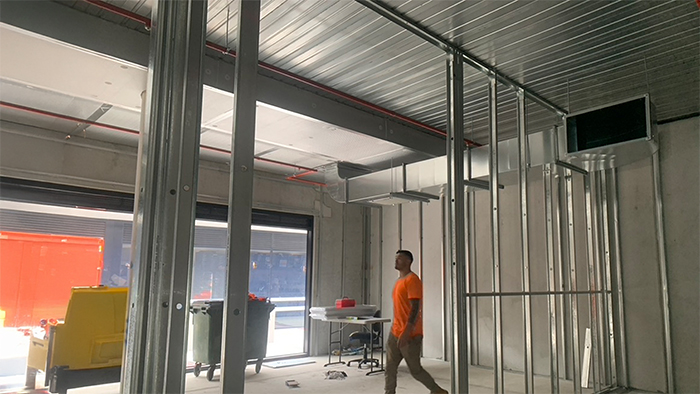
Opening or upgrading a commercial kitchen in Victoria? Below is a practical, step-by-step pathway covering council registration under the
Food Act 1984 (Vic), ventilation compliance under the National Construction Code (NCC) and AS 1668.2, plus common planning and EPA noise/odour triggers. It’s written for restaurants, cafés, builders and consultants.
Provide plans to your building surveyor showing canopy types/sizes, fan curves, duct & discharge details, and a balanced make-up air strategy. Reference
NCC Part F6 (Kitchen local exhaust ventilation) and design to AS 1668.2. Keep product data sheets handy (hood, filters, fans, lights).
| Topic | Official link |
|---|---|
| Food Act 1984 (Vic) | Victorian Legislation – Food Act 1984 |
| Food business registration (fixed) | Department of Health Victoria – Food businesses |
| FoodTrader (mobile/temporary) | FoodTrader Victoria |
| NCC kitchen exhaust (Part F6) | ABCB – National Construction Code |
| AS 1668.2 design standard | Standards Australia – AS 1668.2 |
| EPA Victoria – noise & odour | EPA Victoria (Publications & Noise Protocol) |
| Planning overlays & permits | VicSmart & planning guidance |
We design and manufacture compliant canopies in Melbourne and install Australia-wide. Talk to us about capture efficiency, make-up air and discharge options—then hand our specification pack straight to your building surveyor and council EHO.
You’ll always need registration under the Food Act 1984. Planning/building permits depend on your site and scope (e.g., external ducts/fans or Heritage Overlays). Your building surveyor will check NCC/AS 1668 compliance.
NCC Part F6 includes Kitchen local exhaust ventilation requirements to control grease, smoke and odour. Designers then apply AS 1668.2 for capture, exhaust rates, ducting and discharge.
EPA Victoria sets the framework. Good practice includes vertical discharge above roof level, appropriate separation from intakes and neighbours, and acoustic treatment where required. See EPA publications and the current Noise Protocol.
Yes. Mobile and temporary food businesses register via FoodTrader and lodge Statements of Trade for each council/event. Your vehicle still needs safe ventilation and compliant discharge.
Ready for a compliant quote? Speak with our team about canopy selection, make-up air and discharge so your council and building surveyor sign off first time.